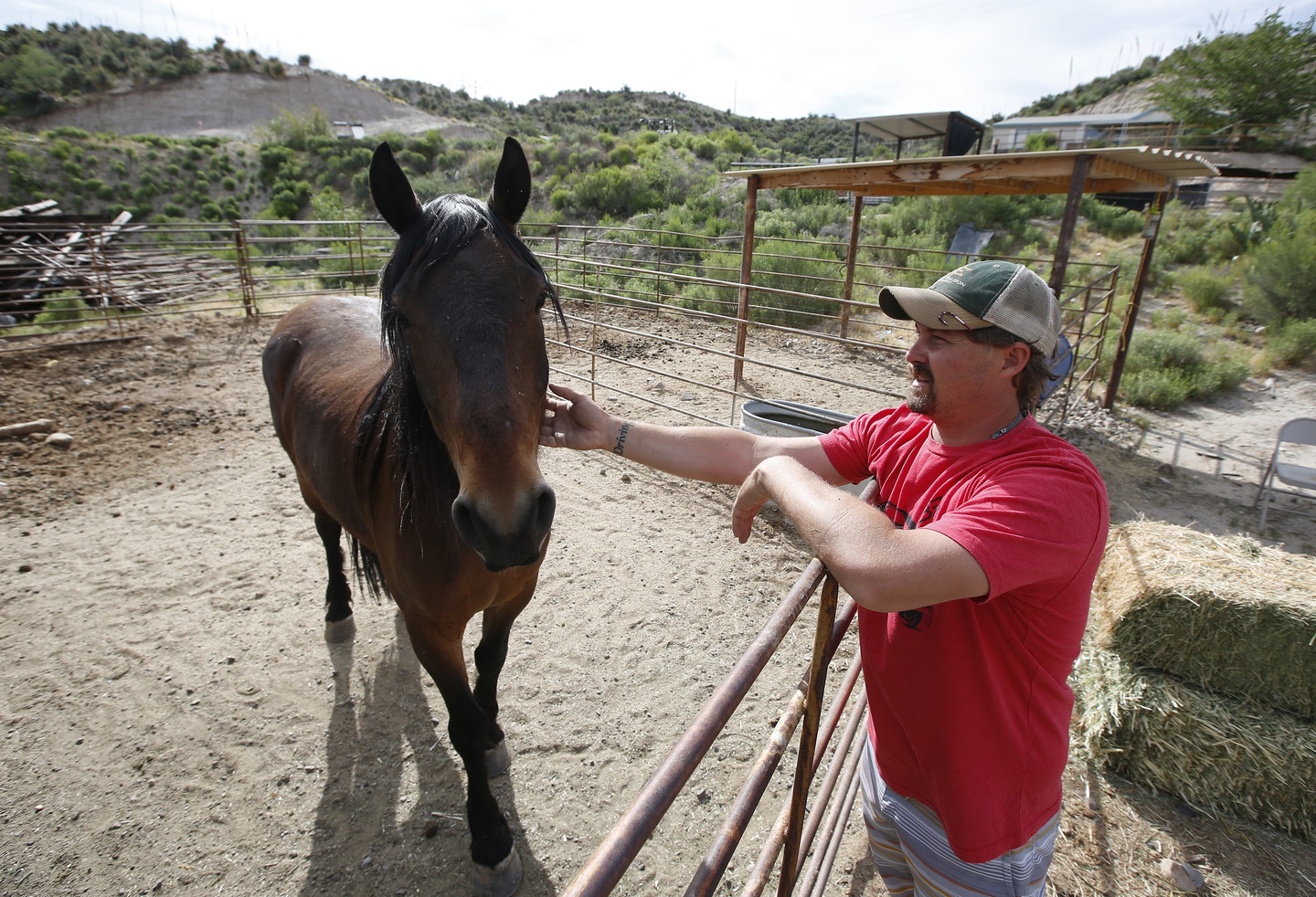The Prehistoric Archaeology Blog is concerned with news reports featuring Prehistoric period archaeology. If you wish to see news reports for general European archaeology, please go to The Archaeology of Europe Weblog.
Wednesday, May 6, 2020
Where and When Did Humans Domesticate Horses?
In the increasingly urbanized world, few people still ride horses for reasons beyond sport or leisure. However, on horseback, people, goods and ideas moved across vast distances, shaping the power structures and social systems of the premechanized era. From the trade routes of the Silk Road or the great Mongol Empire to the equestrian nations of the American Great Plains, horses were the engines of the ancient world.
Where, when and how did humans first domesticate horses?
Tracing the origins of horse domestication in the prehistoric era has proven to be an exceedingly difficult task. Horses – and the people who care for them – tend to live in remote, dry or cold grassland regions, moving often and leaving only ephemeral marks in the archaeological record. In the steppes, pampas and plains of the world, historic records are often ambiguous or absent, archaeological sites are poorly investigated and research is published in a variety languages.
At the heart of the issue is a more basic struggle: How can you distinguish a “domestic” animal from its wild cousin? What does it even mean to be “domesticated”? And can scientists trace this process in archaeological sites that are thousands of years old and often consist of nothing more than piles of discarded bones?
Read the rest of this article...
Subscribe to:
Post Comments (Atom)

No comments:
Post a Comment
Note: Only a member of this blog may post a comment.